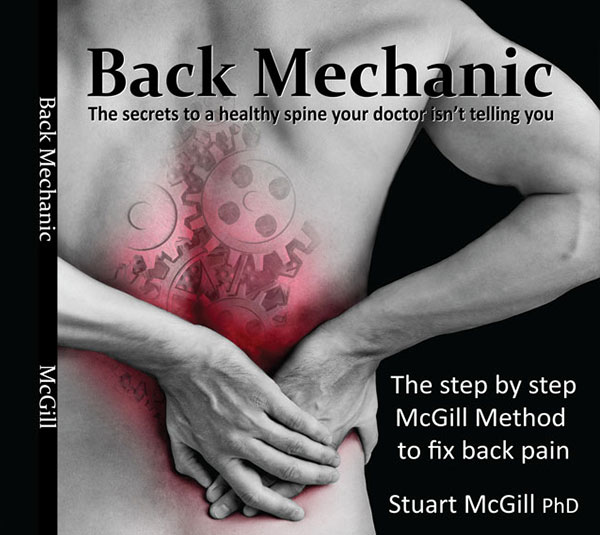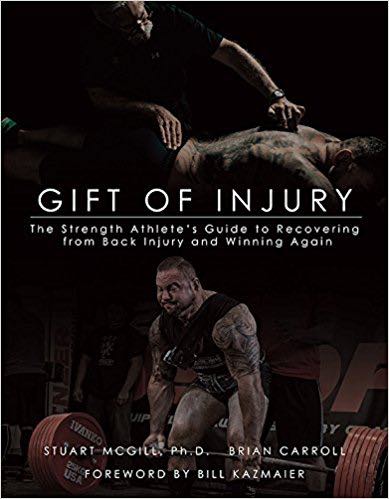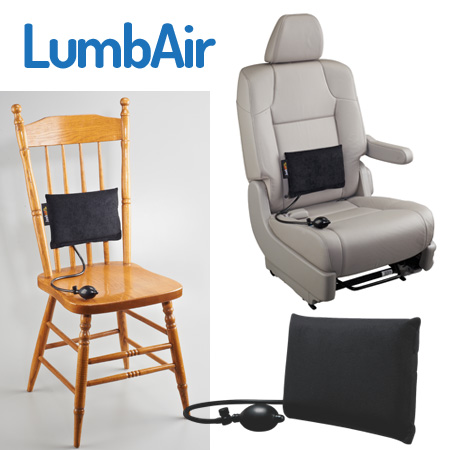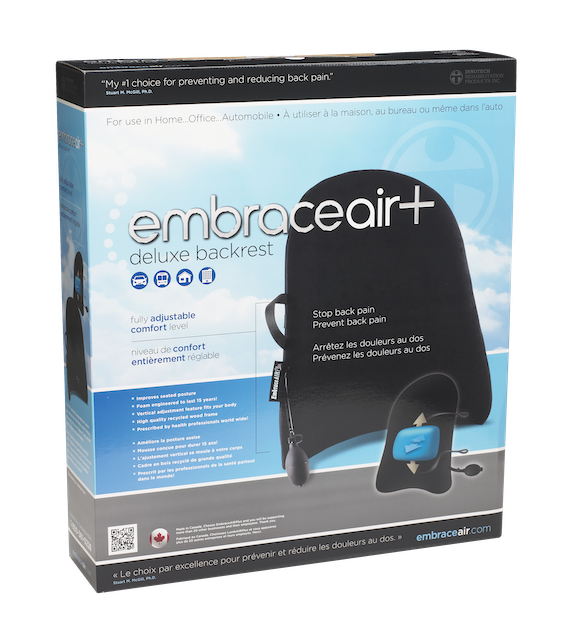29 Aug Dry Needling, Back Pain, and Finding the Root Cause
Article Rundown
- Dry needling can help release tight or inhibited muscles.
- The root cause of back pain must be addressed, not just symptoms.
- Surgery is rarely the best option for cumulative spinal trauma.
- Each back injury requires a unique, individualized plan.
Dry Needling, Back Pain, and Finding the Root Cause
When it comes to back pain, people often search for a quick fix. Dry needling is one of those treatments that gets a lot of attention — and rightfully so. It can be effective, but the real key is understanding when and why it works, and when it doesn’t.
When Dry Needling Helps
Dry needling can be a useful tool for dealing with tight or inhibited muscles. Whether it’s a locked-up QL, glute issues, rectus pain, or thoracic extensors that won’t relax, needling can help reset neuromuscular function.
When muscles are overly tight, inhibited, or stuck in an over-facilitated pattern, needling or massage can free them up. In these cases, you’ll often see noticeable improvement in movement and pain relief.
But here’s the bottom line: needling (or massage, or cupping, or chiropractic adjustments) won’t solve the root cause if the underlying issue is neural tension, disc injury, or cumulative spinal damage. It can give relief, but it’s not the whole answer.
Tools, Not Magic Bullets
I’ve had dry needling, acupuncture, acupressure, massage, and cupping done on myself — and I like them. These modalities can be great additions to a progression program. But they only become truly effective when paired with a strategy that gets to the root cause.
That’s why I’m not against surgery, injections, or chiropractic care in principle. What I am against is overuse — unnecessary surgeries, injections, stretching routines, or “just do this one exercise” approaches that ignore the real driver of pain.
The same goes for press-ups. For some people, they’re appropriate. For others — like those with loss of disc height — press-ups can make things worse. It all depends on the individual.
The Back Mechanic Approach
If you really want to understand your back, start with Back Mechanic by Dr. Stuart McGill. This book is a step-by-step guide to uncovering the cause of your pain, building capacity, and making smart choices about recovery.
It also walks you through questions to ask your doctor before surgery. For instance, do you have cauda equina syndrome? Drop foot? Night fevers or unrelenting pain below the waist? These are red flags where surgery might be necessary.
But for the majority of people with cumulative trauma to the lumbar or thoracic spine, surgery usually isn’t the answer. If you have pain-free periods or your symptoms change with movement and time, you’re often better off avoiding the knife.
Why Surgery Isn’t Always the Fix
Many people assume surgery will “cut out the pain.” The truth? Most of the time, there are multiple pain generators at play. A surgeon would have to prove they could target all of them to guarantee relief. That’s not often the case.
Instead, Dr. McGill promotes the idea of a “virtual surgery.” Treat your recovery as though you just had a procedure — take time off, respect your injury, rebuild your core, and progress intelligently. This conservative approach often delivers the best long-term outcomes.
Case in Point: Matt Stafford
Take the recent reports about NFL quarterback Matt Stafford. Speculation says he’s dealing with a disc injury. If that’s the case, what he doesn’t need is more bending, twisting, and stretching — the very things that can aggravate a disc.
Instead, I’d recommend a virtual surgery approach, smart core work, and careful management of his movements. That’s the type of strategy that could save not just his season, but his long-term career.
Everyone’s Back Is Different
One of the biggest mistakes people make is expecting one universal answer to back pain. For every question you ask me, I’ll need to ask you four or five in return:
- Where is your pain?
- Does it radiate?
- How long have you had it?
- What makes it better or worse?
- Is this a new injury or years in the making?
Without this context, broad advice is meaningless. Each back injury is unique — and each recovery plan has to be tailored to the individual.
Final Thoughts
Dry needling is a fantastic tool, but it’s just one piece of the puzzle. For lasting relief, you need to uncover the true cause of pain and build a program that addresses it. Whether that means massage, needling, core work, or even surgery — the right answer is the one that matches your specific injury.
And if you want to cut through the noise, grab a copy of Back Mechanic. It will arm you with the knowledge to make the right calls, ask the right questions, and move toward a stronger, pain-free back.











Sorry, the comment form is closed at this time.